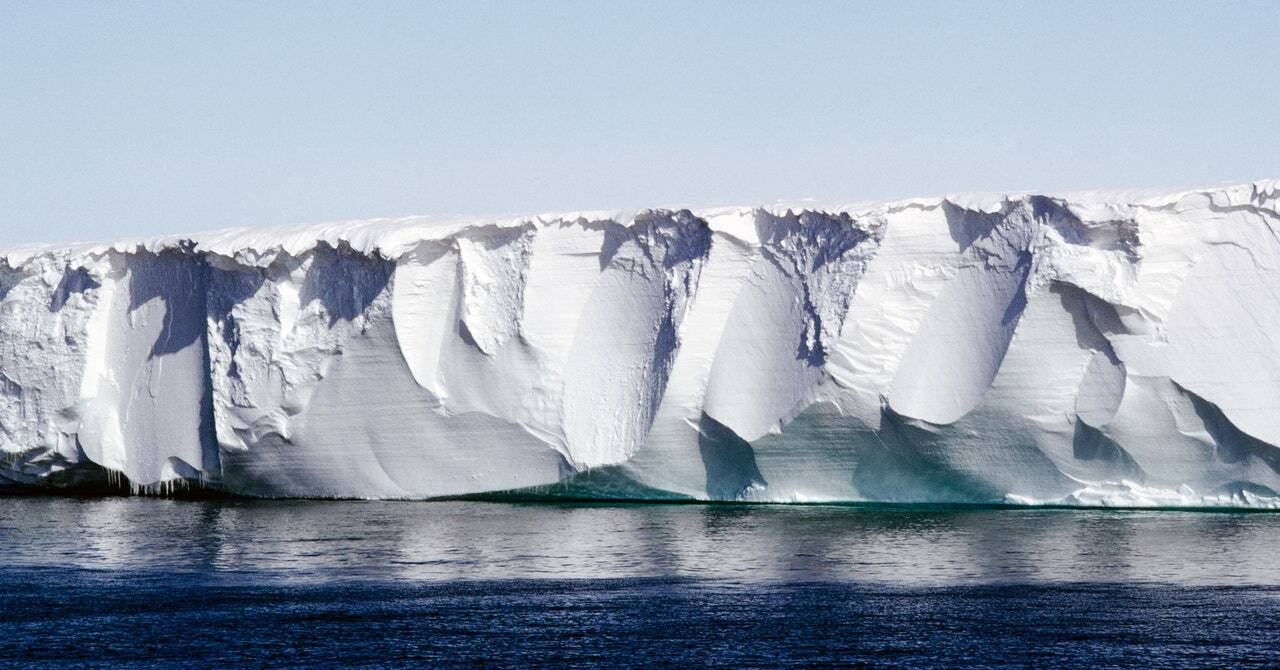Secret Underground Ice Libraries Of Antarctica: Hidden Climate Archives

Have you ever wondered what secrets lie beneath the icy surface of Antarctica? Hidden deep underground, Antarctica's ice libraries hold vital clues about our planet's past climate. These frozen archives contain layers of ice that have trapped air bubbles, dust, and other particles over thousands of years. By studying these layers, scientists can learn about ancient temperatures, atmospheric composition, and even volcanic eruptions. This information helps us understand how Earth's climate has changed over millennia and can provide insights into future climate trends. Join us as we delve into the fascinating world of Antarctica's secret underground ice libraries and uncover the stories they hold.
The Hidden World Beneath Antarctica
Antarctica, the coldest place on Earth, hides a secret beneath its icy surface. This frozen continent holds underground ice libraries, preserving ancient climate records. These hidden archives offer a glimpse into Earth's climatic past, helping scientists understand how our planet's climate has changed over millennia.
Why Are These Ice Libraries Important?
These underground ice libraries are not just fascinating; they are crucial for climate research. Each layer of ice contains tiny bubbles of ancient air, capturing a snapshot of the atmosphere from thousands of years ago. By studying these layers, scientists can track changes in temperature, greenhouse gas levels, and even volcanic activity.
The Most Notable Ice Libraries
Several key locations in Antarctica house these invaluable ice archives. Each site offers unique insights into different periods of Earth's climatic history.
- Dome C
Dome C, located on the East Antarctic Plateau, is home to one of the most significant ice cores ever drilled. The European Project for Ice Coring in Antarctica (EPICA) extracted ice dating back 800,000 years. This core has provided invaluable data on past climate cycles, including ice ages and interglacial periods.
- Vostok Station
Vostok Station, a Russian research outpost, sits atop Lake Vostok, one of the largest subglacial lakes in the world. Ice cores from this site have revealed climate data spanning over 400,000 years. The station's extreme conditions make it one of the most challenging yet rewarding places for climate research.
- Byrd Station
Byrd Station, located in West Antarctica, has produced ice cores that offer a detailed climate record of the last 68,000 years. Named after Admiral Richard E. Byrd, this site has helped scientists understand the rapid climate changes that occurred at the end of the last ice age.
- Law Dome
Law Dome, near the coast of East Antarctica, provides high-resolution climate records for the past 2,000 years. The ice cores from this site are particularly valuable for studying recent climate changes and human impacts on the atmosphere.
- South Pole Station
South Pole Station, situated at the Earth's southernmost point, offers unique climate data due to its location. Ice cores from this site have helped researchers study the Antarctic climate's response to global temperature changes and atmospheric circulation patterns.
How Scientists Study These Ice Libraries
Extracting and analyzing ice cores is a complex process. Scientists use specialized drills to bore deep into the ice, carefully preserving each layer. Once extracted, the cores are transported to laboratories worldwide, where researchers analyze the trapped air bubbles and other particles.
The Future of Ice Core Research
As technology advances, scientists continue to uncover new information from these underground ice libraries. Future research will likely focus on even deeper ice cores, potentially reaching back over a million years. These studies will provide critical insights into Earth's climate system and help predict future climate changes.
Hidden Treasures Beneath the Ice
Antarctica's underground ice libraries hold invaluable climate archives. These frozen records provide insights into Earth's past, helping scientists understand climate changes over millennia. By studying ice cores, researchers can track atmospheric conditions, greenhouse gas levels, and even volcanic eruptions. This information is crucial for predicting future climate trends and making informed decisions to combat global warming.
Exploring these hidden treasures isn't just about science. It's about preserving our planet for future generations. The data locked within the ice can guide policies and actions to protect our environment. As we continue to uncover these secrets, the importance of Antarctica's ice libraries becomes even clearer. They are not just frozen relics but vital tools in our fight against climate change. Let's appreciate and protect these natural archives, ensuring they remain a resource for years to come.

